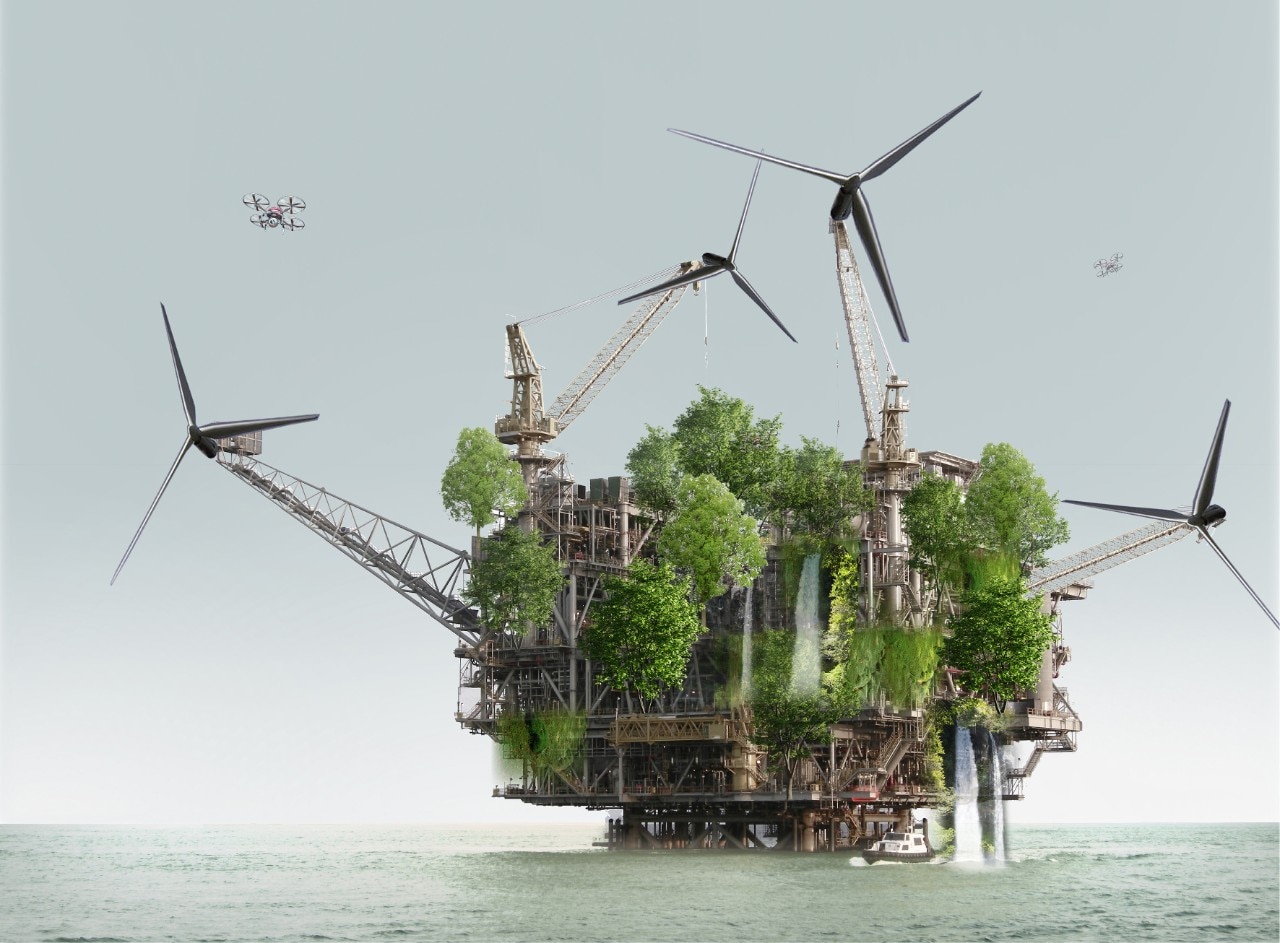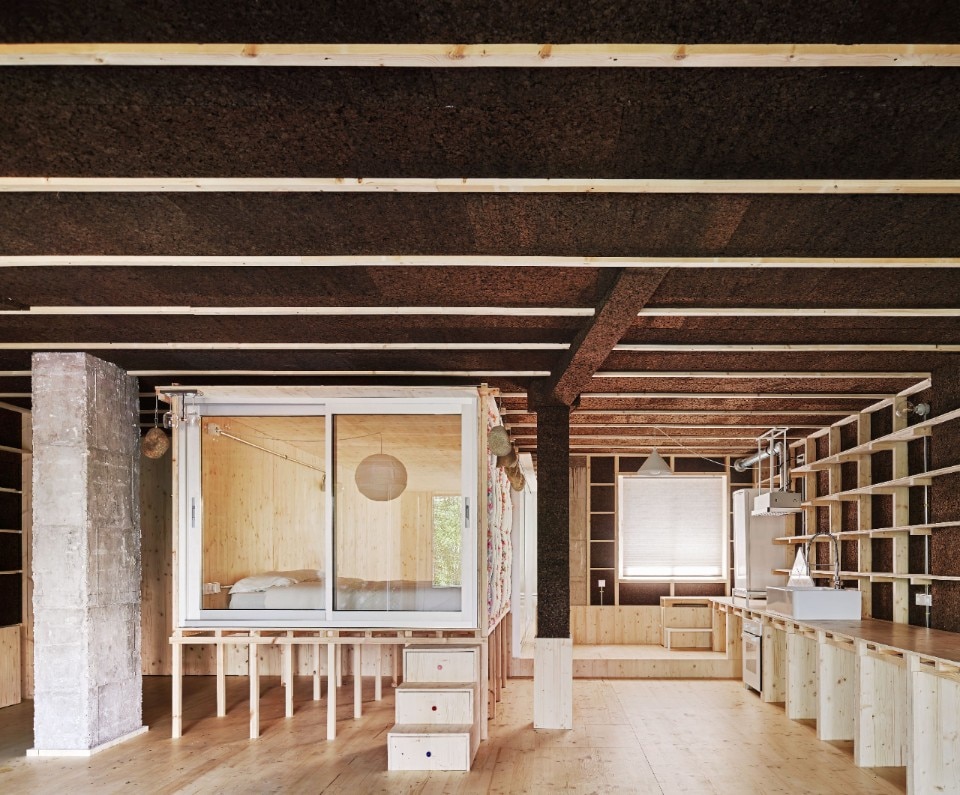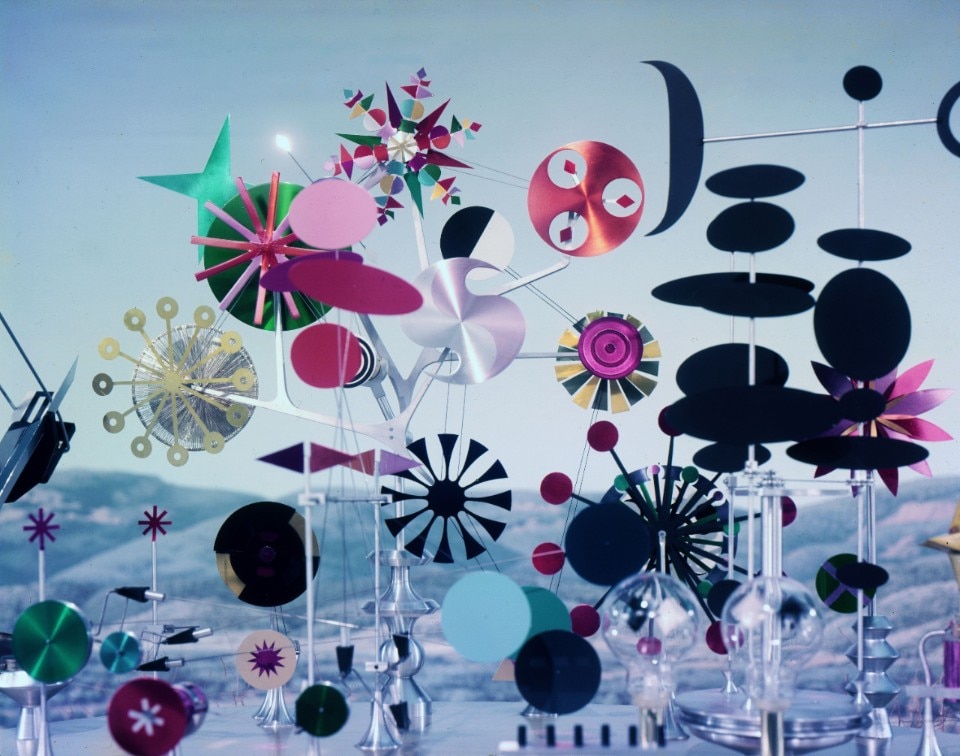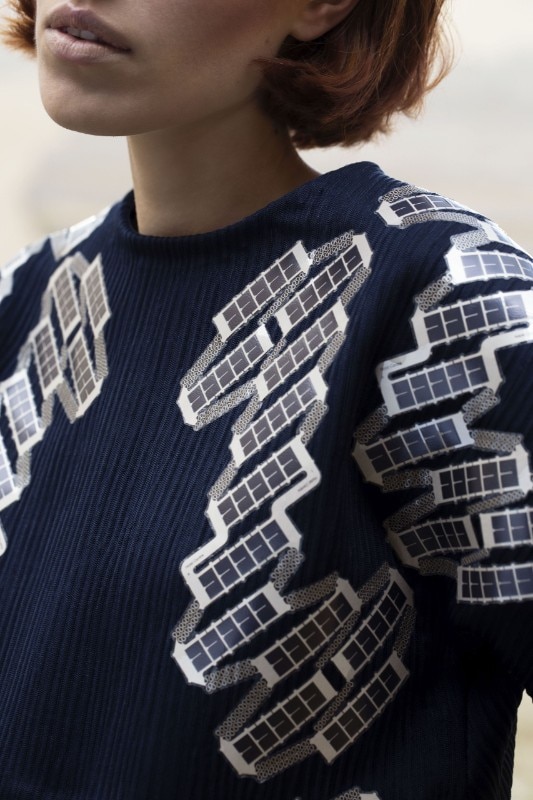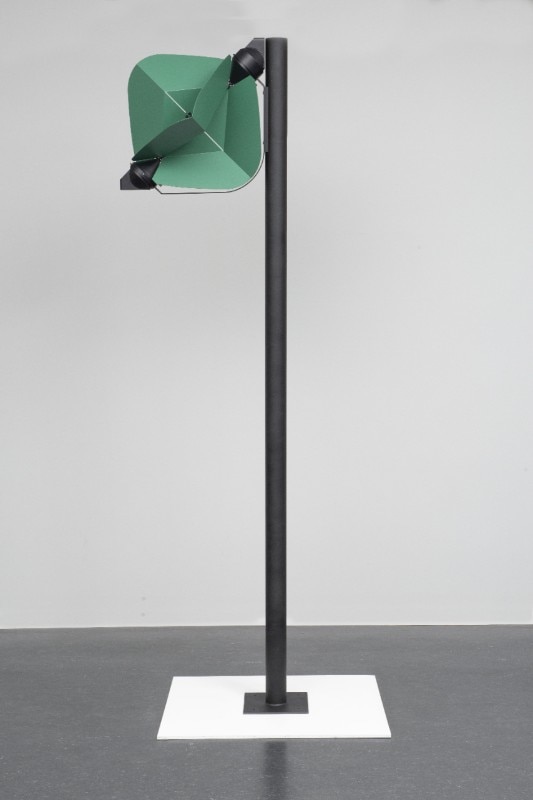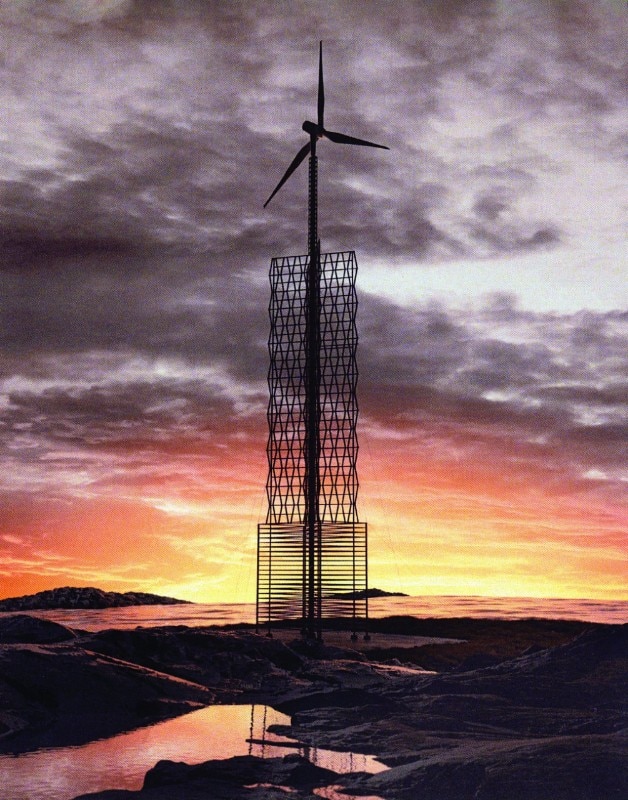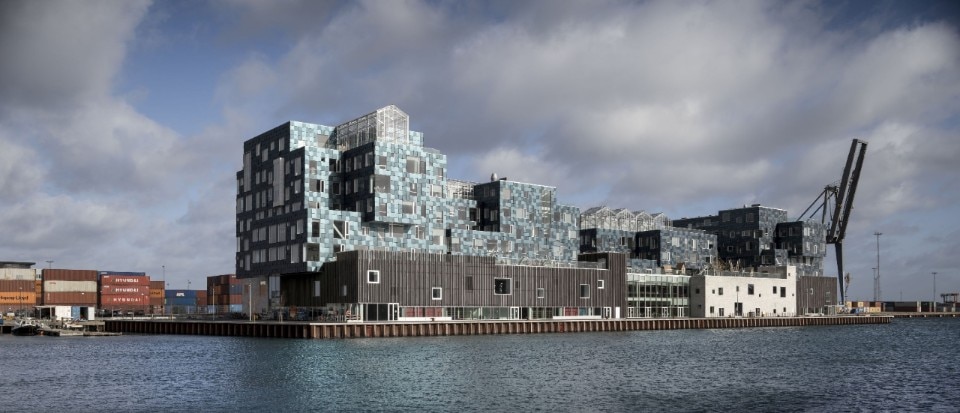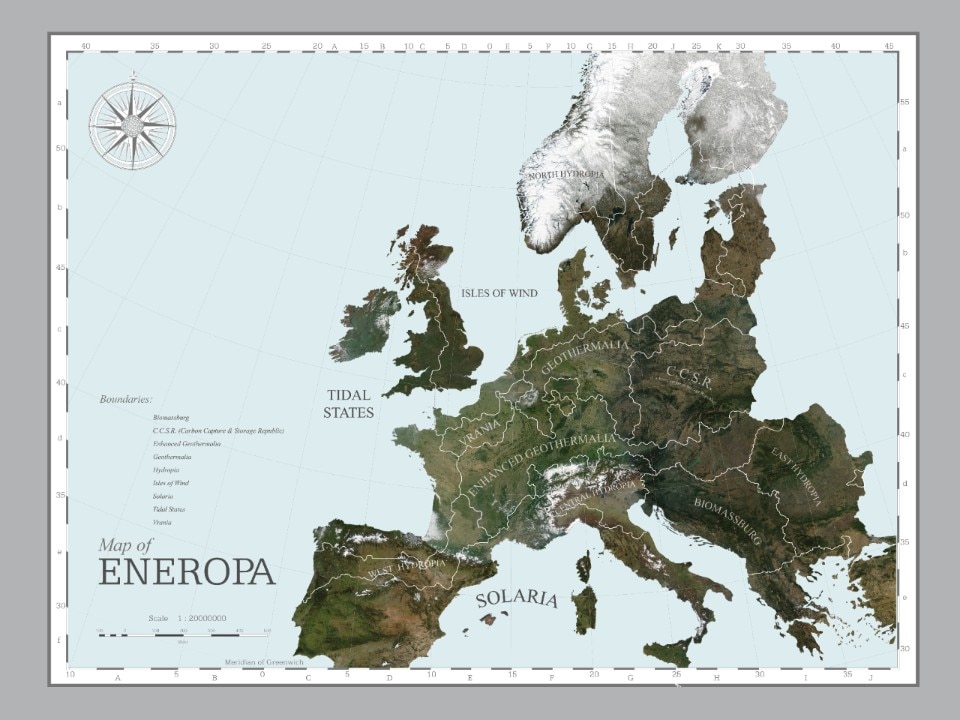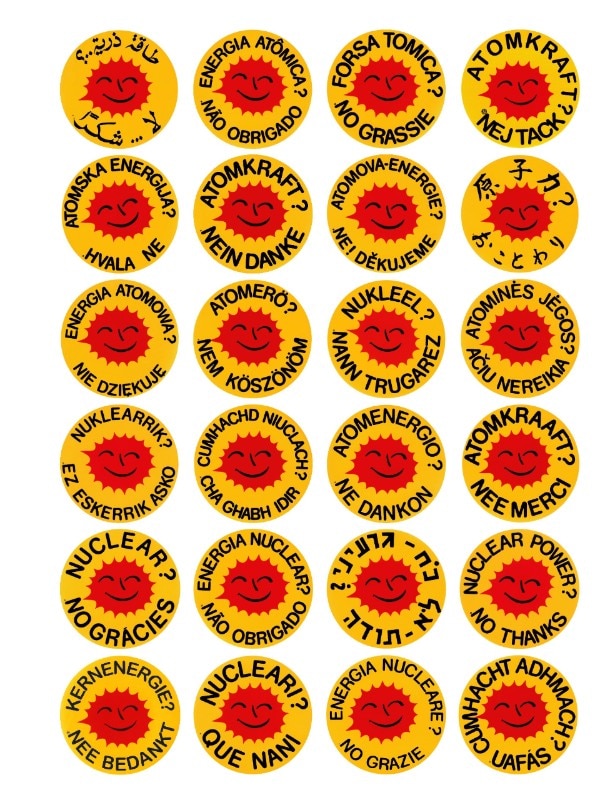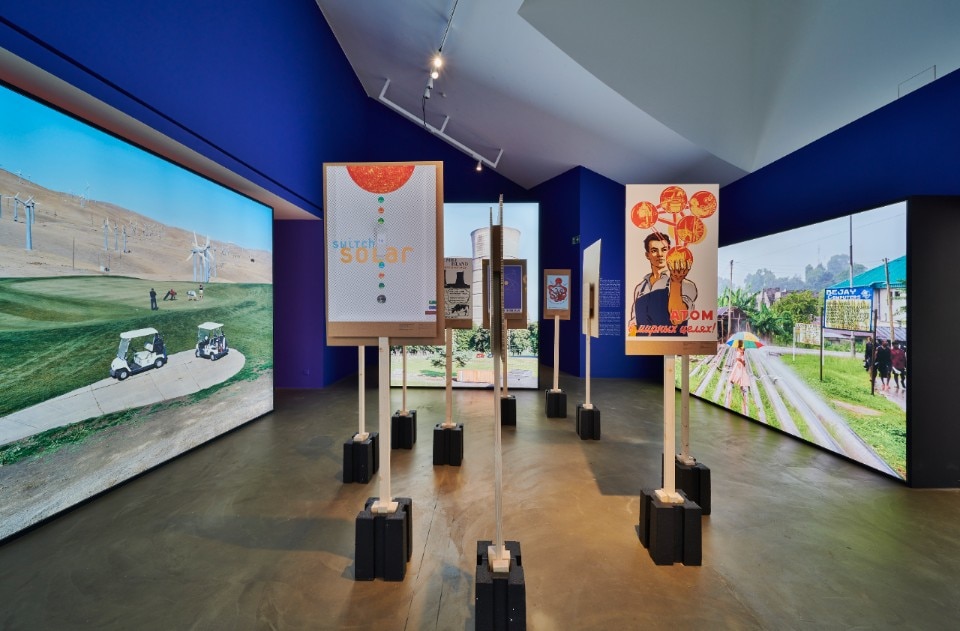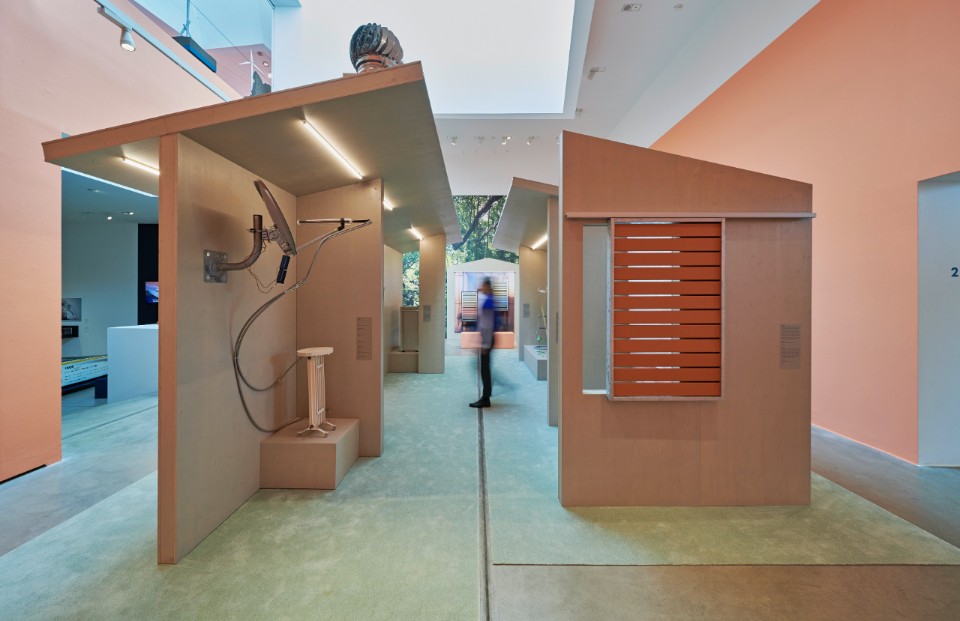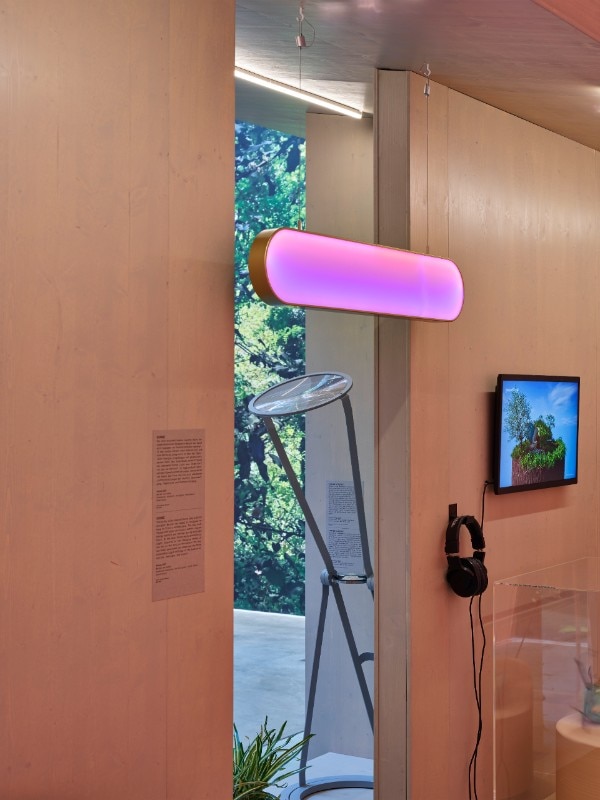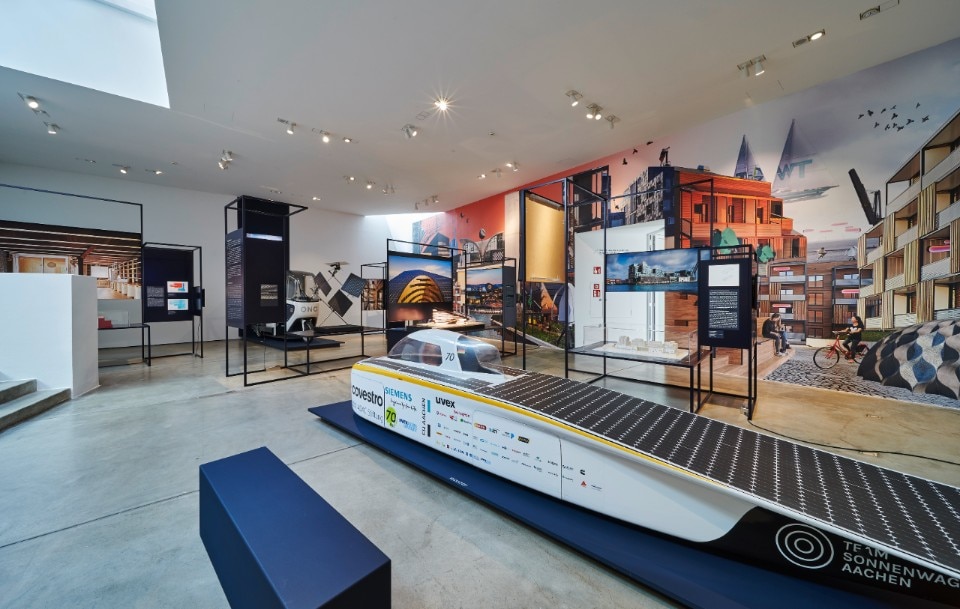One of the most well-known and memorable principles of modern physics taught everyone the fascinating natural law of conservation of energy, which is neither created nor destroyed but transformed. Everything transforms just as everything is designed.
The energy theme is something very complex and specialized but at the same time direct and common. The concept of energy is one of the key points of contemporary society, and the future increasingly depends on the delicate balances between energy production, absorption, transfer, and transformation, from the individual to the collective, and therefore planetary, scale.
Everyone deals with the need for energy on a daily basis, whether it's food for our own body, electricity for a device, or fuel for transportation. The field of industrial design arose precisely from the revolution in managing how we generate power and work, and therefore from tools and machines, from ancient animal traction to steam and electricity. Then, oil, gas, and nuclear power led technological research throughout the 20th century towards the exploitation of finite natural resources, although with a consequent and dangerous direct pollution production.
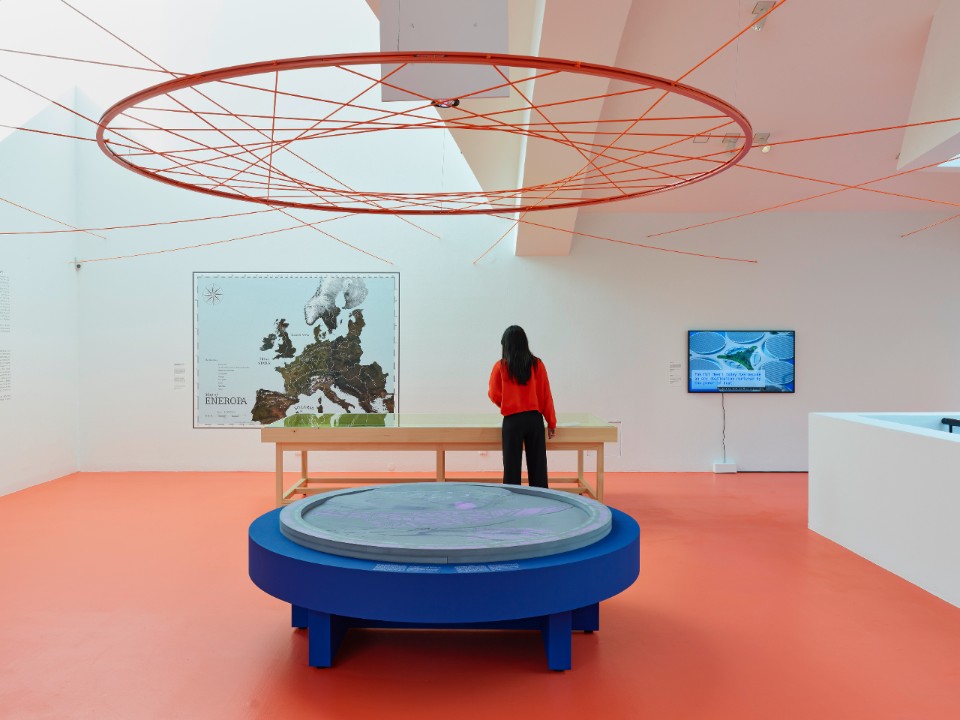
The new millennium has definitively brought about a new perspective, where renewable resources such as wind and waterpower (let's not forget about ancient mills), solar heat, and all-natural components can be “harnessed and tamed” just to be released in a new form and provide the necessary energy without waste, discards, or inefficiencies.
The Vitra Design Museum dedicated its exhibition “Transform! Designing the Future of Energy” to this topic, where science, architecture, urban planning, politics, society, and utopia define areas of application in which design is progressively freeing itself to offer solutions that accompany this monumental and generational transition.
The dependency on fossil fuels has influenced all aspects of our daily life, and the progressive shift to renewable resources will have a subsequent effect on our future. Design, as a mediator between scientific and technological research and end-users, will be called upon to give shape and substance to the new era of “sustainable” energy.
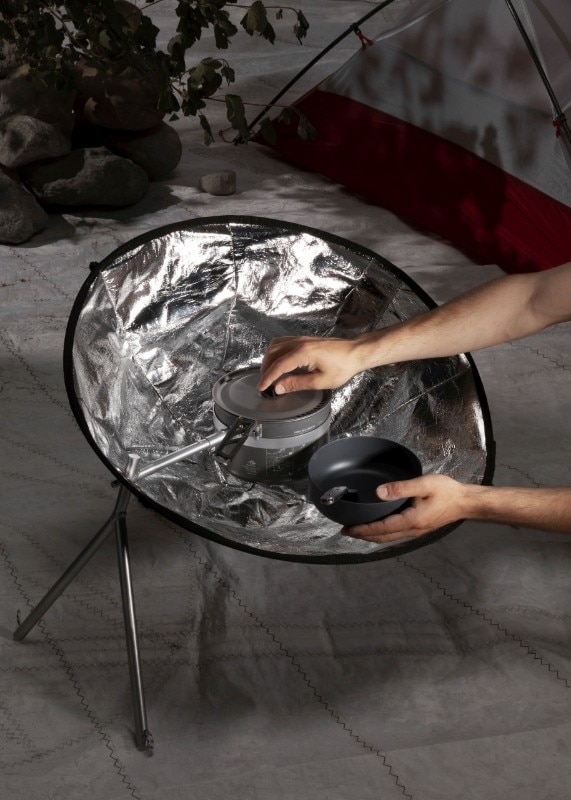
The exhibition opens with the portraying of energy primarily as a political and social value, offering a brief historical narrative of moments in which individuals and citizens were called upon to take a stance and raise awareness on this issue, often through demonstrations and protests. Another way in which the exhibition engages visitors is by encouraging them to “get involved,” exemplified in the first room by an installation that illustrates the energy "effort" required for various daily activities: making coffee, browsing the web, charging a device, or taking a hot shower.
The energy theme is something very complex and specialized but at the same time direct and common. The concept of energy is one of the key points of contemporary society.
The journey continues with a focus of the new generations of designers who are highly attentive to new types of objects and their energy consumption, in particular the sources of the energy that is consumed. Increasingly more projects and systems that generate light, heat, or technological effects can operate autonomously, independent of an energy grid. From hydrogen kitchens (Stefan Troendle) to wind-powered streetlights (Tobias Trübenbacher) and photovoltaic lamps (Marjan van Aubel), these are just a few examples of the breadth of what contemporary design is capable of. Some designers even embrace the title of “solar designer,” indicating their focus on creating objects that harness solar energy. There are also some historical examples of early design approaches to using solar energy, such as Charles and Ray Eames’ experimental project from the 1950s, the “Solar Do-Nothing Machine,” a kinetic sculpture activated by natural light.
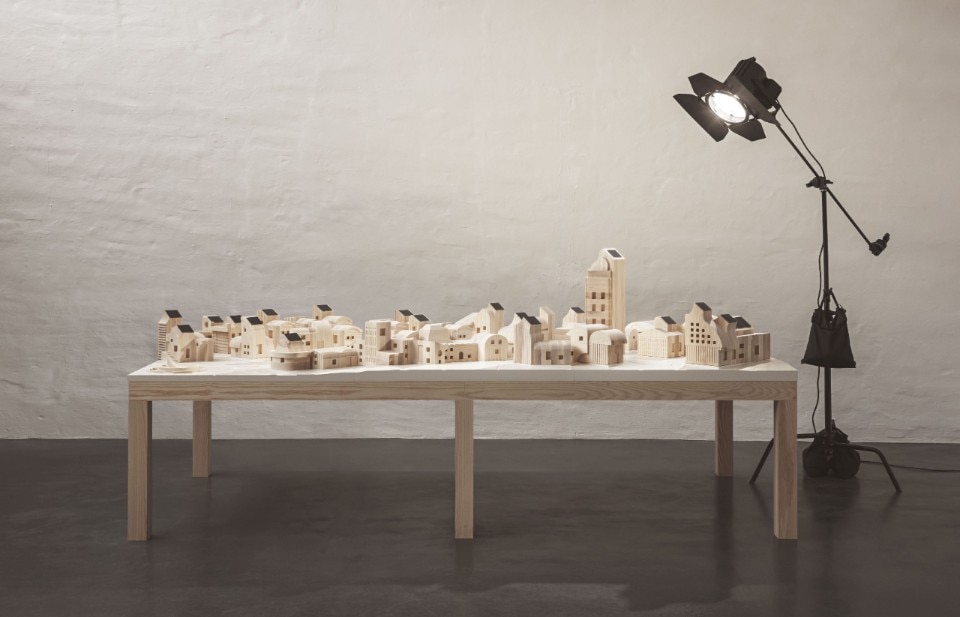
Expanding on a dimensional perspective, and consequently broadening the scope of energy considerations, both construction and transportation are deeply involved in this revolution. Architecture’s energy consumption is now seen as an opportunity to transform building typologies, utilizing both new active technologies and passive techniques to manage consumption. Increasingly more buildings have started to produce energy for other buildings, aligning with what is becoming a reality in Italy and elsewhere: Energy Communities that no longer rely on a national grid.
In the future, all these new realities together will give rise to increasingly expansive spaces, culminating in the still utopian notion of entire self-sufficient cities. These cities will seamlessly integrate production and storage facilities into the inhabitable landscape, no longer seen as alien or invasive, as they are today.
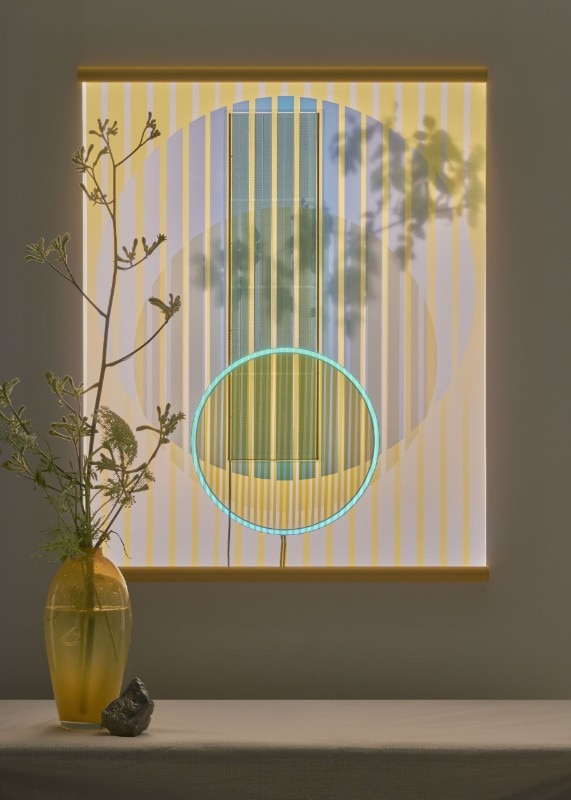
From all these various design perspectives, energy represents one of the greatest challenges of our time, yet it also offers one of the greatest opportunities to reshape our way of living and the world we inhabit.
The exhibition’s design was curated by Emyl, the Basel-based studio renowned for their previous work in numerous museum exhibits. It showcases the texts, images, and objects in alternating installations with a few engaging things and denser spaces with more didactic insights.
Opening image: XTU Architects, X_Land, Rendering, 2020 © XTU Architects
- Exhibition:
- Transform! Designing the future of energy
- Location:
- Vitra Design Museum, Weil am Rhein
- Dates:
- from 23rd March until 1st September 2024

